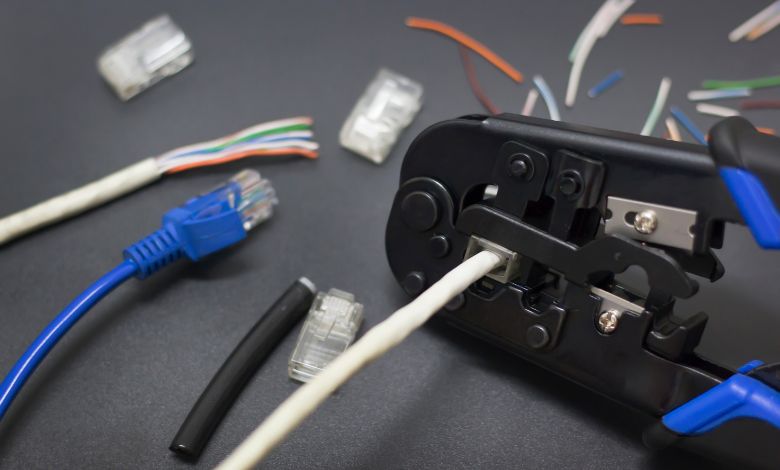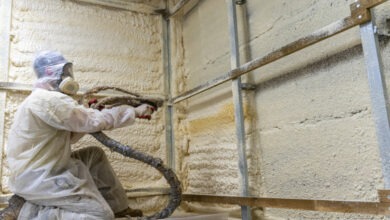
3 Common Crimping Errors You Should Avoid
Wire crimping is a simple process in many ways, but crimpers can make mistakes during various steps. Below, we detail some of the most common crimping errors you should avoid to ensure a quality wire crimping connection.
Using the Wrong Crimper
As with many project, industrial maintenance, and repair tasks, most crimping mistakes stem from improper tool usage. In this case, making the right crimper selection ensures a quality crimped connection.
If the crimper doesn’t have enough pressure to crimp a particular wire, is the wrong size, or is otherwise unfit for the wire and crimping connection, it’ll produce subpar connections. Consider the following when choosing the ideal crimper:
- Volume of the crimping job
- Wire gauge
- Terminal material
- Crimp profile
- Insulated vs. non-insulated terminals
Neglecting the Heat Shrink
Perhaps the most common crimping error you should avoid is forgetting or omitting the post-crimp heat shrink. The heat shrink is integral, as it seals the bare wire at the ends for protection—particularly important for crimped wires in difficult conditions with excessive moisture or heat.
You should always apply heat shrink after the crimping by melting the adhesive-lined shrink with a heat gun. Be careful with the heat gun—the slower the melt, the better the adhesion of the heat shrink. A quality heat shrink adhesion should be even in color and transparent throughout.
Twisting Wires
Many crimpers also make the mistake of twisting wires before or after crimping when it’s not needed. Ideally, they shouldn’t touch the wires before crimping them to avoid any deformities and to ensure that the strands retain a strong and stable connection.
If the wires are loose after crimping, crimpers can lightly twist to tighten the strands, but they must avoid overtwisting and damaging the wire. If the wire is in good condition and they apply the crimp correctly, there should be no need to twist the wires before or after crimping.
Conclusion
This guide should help you avoid the most common mistakes regarding crimping that many make. If you have the proper tools, perform the correct actions, and don’t try to adjust the wires too much, you should produce stable and sturdy crimping connections.






